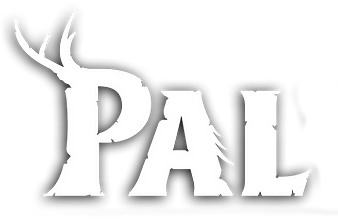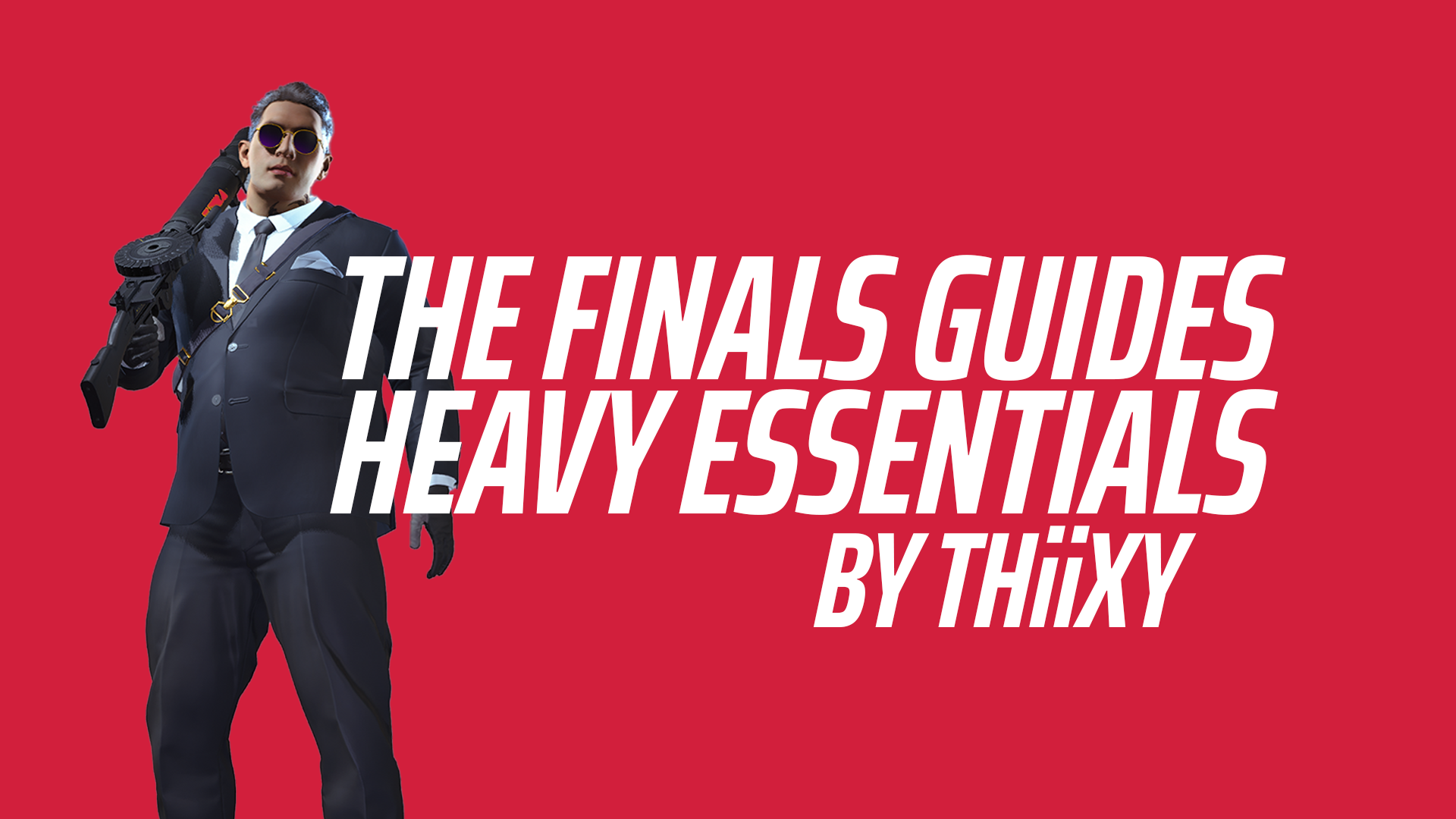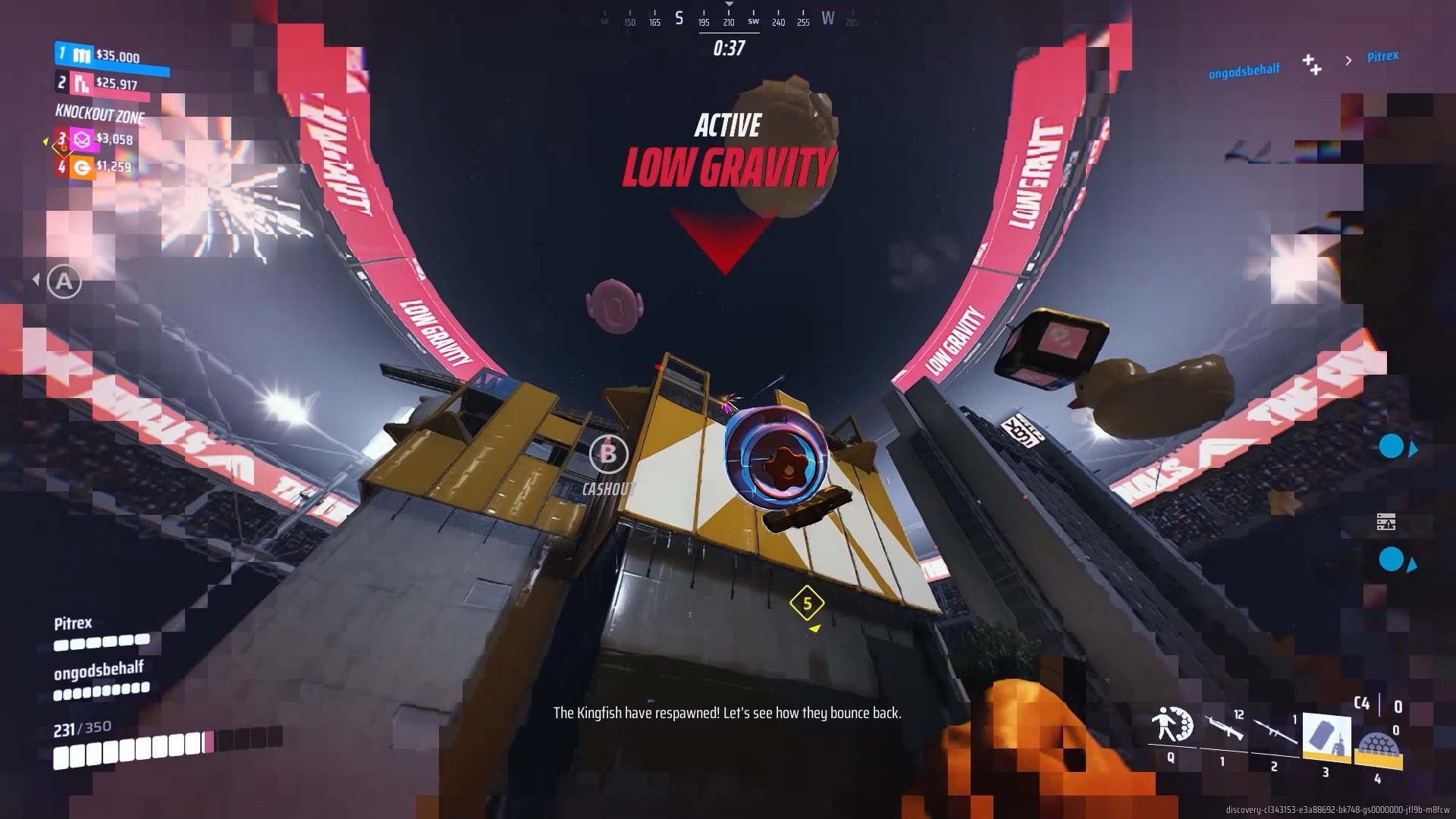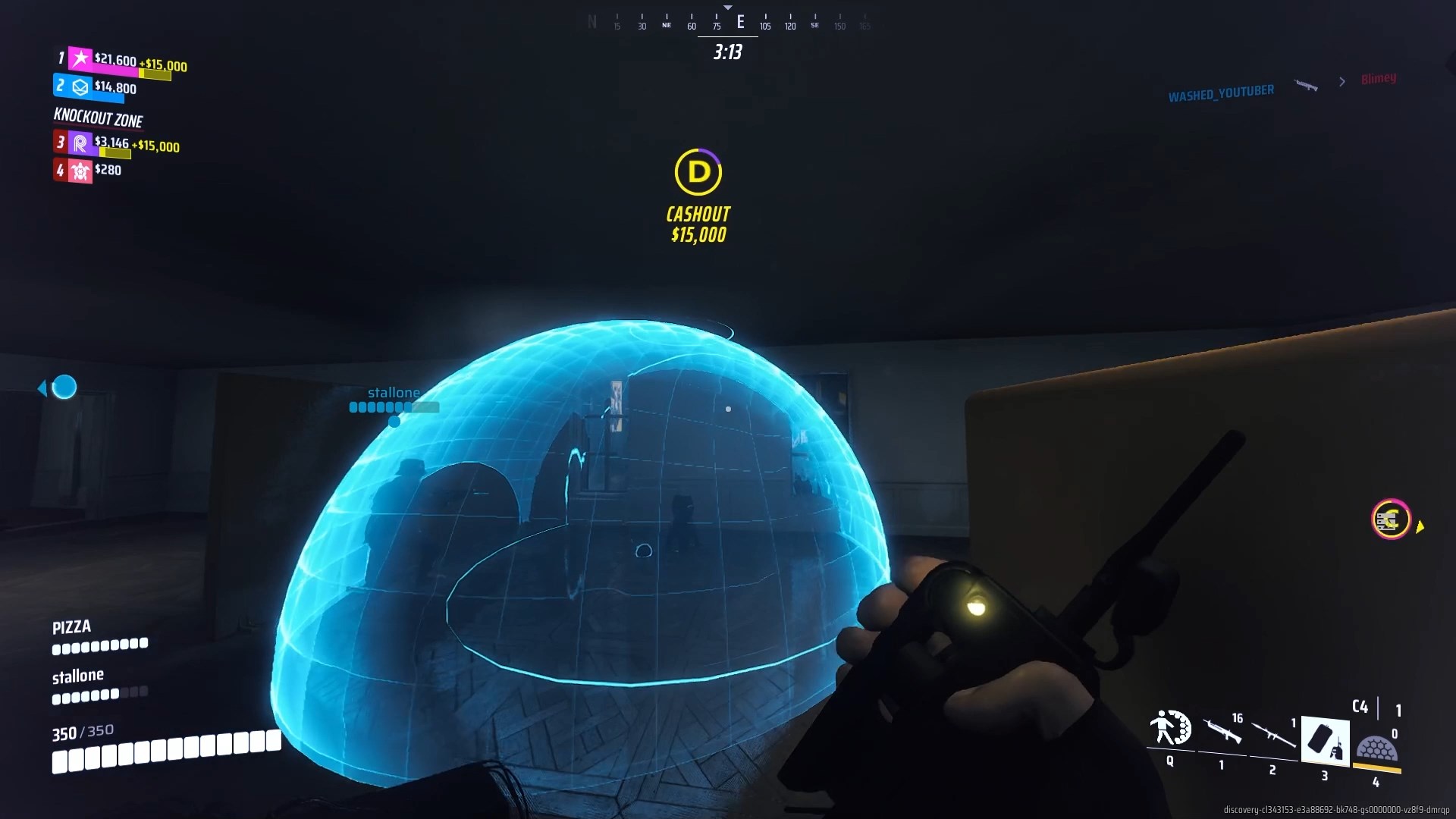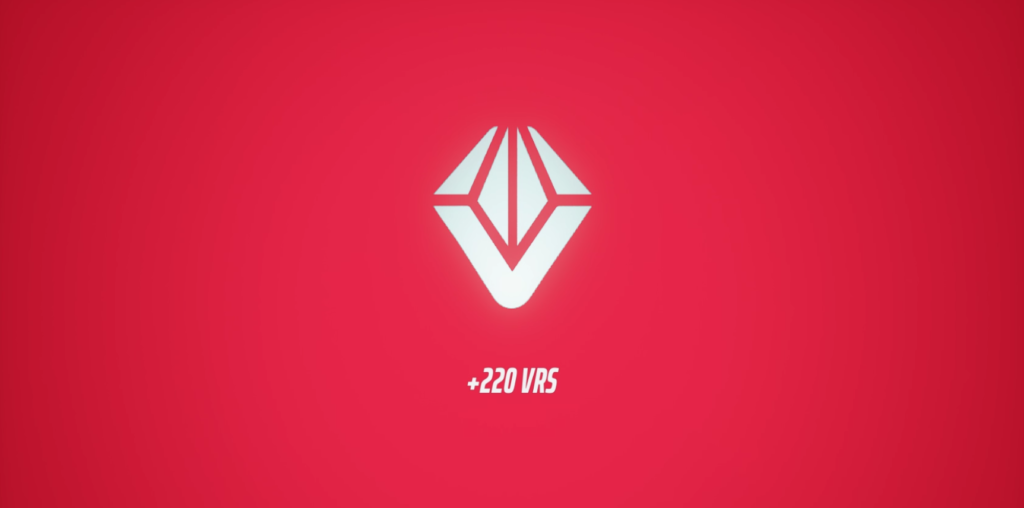THE FINALS: Essential Heavy Character Guide for Beginners – Pro Player Insights and Strategies for Season 1
OVERVIEW
Heavy Character Guide – “YOU Define the odds in fights”
Reflecting on our journey so far, we have come together to understand how to play the light and medium contestants – at a basic level. Heavy though is my personal favorite option to play, as you can literally determine an entire team’s fate, depending on your experience, and the opponent’s skill.
At a basic overall breakdown on Heavy, you’re the powerhouse of the arena. You soak up all the damage with shields and lead the charge to attack or protect a cashout site. Compared to the other roles, Heavy is the most vital to keep alive for as long as possible, so you have to be a way more patient player and understand when it’s optimal to fight (having shields up & backup from heals) and when it’s optimal to play passively (when you’re out of utility).
I reached out to Lystic to help me create this guide for Heavy, a player that reached diamond first on the leaderboard in the open beta, and whenever I’ve faced him in the arena, I often found myself on the losing side. Lystic comes from a background in Gundam Evolution and is part of Omni, a group known for dominating in Battlefield.
Frontline Dominance and Strategic Destruction
So, we know that Heavy’s primary role is to act as the tank, focusing on movement across the map towards objectives and then switching it up to holding ground while dealing significant damage. Unlike the light and medium contestants, Heavy excels in destruction capable of opening walls and creating new pathways. This ability is crucial in THE FINALS, where attacking or defending a cashout can hinge on innovative strategies and quick, decisive actions, which I’ve found myself having to create on the spot when I’m running the game with a team. The heavy is basically the IGL or shot-caller of the game because the Heavy can guide the team on when to take high ground, when to attack, and when to back off.
The ICBM Playstyle
A key tactic that over time was developed by the community as they had been playing the game, was born, known as the “ICBM” playstyle. It involves putting C4 on objects and using them as improvised missiles to fling towards enemies. This technique is not just for Heavies but can be a game-changer for any class. It allows for clearing rooms and creating openings as an added bonus for you too, with different objects adding effects like gas (poison) for room clearance, fire barrels for quick high damage, and propane tanks for extended range. It can really change a scenario if you do it effectively.
Coordinating with Lights and Mediums (IGL Role Basics)
So, as we mentioned, A Heavy’s effectiveness is best when coordinating the team through IGL’ing or shotcalling. For instance, while a Heavy captures the attention of the opponents in the arena and then threatens to deal massive damage, a Light class can use this distraction to flank opponents via cloak or dash. Meanwhile, Mediums can support the Heavy’s limited mobility with gadgets like ziplines and jump pads, and sustain their health with the healing beam and the defib. So make sure you clean up your comms and study the game to manage your team effectively.
Shield and RPG Management
Another huge point that I sometimes see Heavy’s making mistakes on is not focusing on proper management of shields and wasting the RPG. Your shields should be used in vital fights, or when you want to take space that another team is currently holding you from, but, when you’re in later fights or defending, shields can literally clutch up and help you even if you’re on 10hp (in rare cases yes but literally having it can save you). The RPG should be reserved for eliminating key targets or initiating aggressive pushes. I mainly see Heavy players use the RPG against a target and don’t follow up on the shots, meaning that a half-hp medium will just easily get healed. I mainly opt to use the RPG when I see a team grouped together (that I will follow up on with further aggression), a light on their own or to finish players that will give me a guaranteed elimination.
Open vs. Enclosed Cashout Sites
Heavies must also make the needed adaptions to their strategies based on the environment in the arena. In open sites for maps such as Monaco (when cashouts are not in the houses), it might be more beneficial to play a kind of lurking role, setting traps and ambushing opponents, going all in when they are about to steal. In enclosed spaces, especially in the new Las Vegas map, defending key positions and utilizing C4 well can really disrupt enemy plans and create opportunities for your team.
What do I do about my slower movement as a heavy?
Despite your slower pace, Heavies can utilize certain movement tricks to enhance mobility on the battlefield. Jumping and then sliding after having momentum (for example, taking the movement from a bounce pad) is an effective way to maintain momentum, allowing Heavies to keep pace with faster enemies and engage more effectively. Of course, the movement is going to be a disadvantage, but I don’t see it as a deal-breaker or anything as you don’t really need to worry about being slower. I think that Heavies should play slower anyway, and when they need to move across the map, they should rely on their mediums to support them with utility.
What things should I focus on as a Heavy?
How close are you to the cashout? You don’t need to literally be sitting on it unless your team has the correct setup with APS, shields, heals, etc. I think that you can be playing “off-site” but be prepared for other teams running in with a steal. Typically, it will be two mediums and a heavy, where the heavy dome shields and two healers focus the heavy whilst he steals. I have easily been countering this strategy by running the charge and slam specialization because it shoves them off the cashout and allows you to deal damage doing so.
How low are my teammates? Make sure that you don’t always rely on your teammates to be there healing you, smarter teams will opt to focus on your healers, and they will be losing health over time, so just remember that you’ll have to predict, or call live when to back off so that everyone can heal up before you re-engage in a battle again.
Do my teammates have the abilities necessary to win the fight or for me to play more aggressively and take more space? If your medium has recently used his defibrillator to revive you and you attempt to take a risky push instead of just bunkering up and playing it safer, you force a hard fight that could be much easier if your medium is able to revive you at half health for free. The same applies if you’re in a shield v shield matchup and your light has glitch grenades on cooldown.
The above features the best content format that was inspired by this guide – essentially it covers everything here with that visual touch and examples from some really awesome clips from Lystic, so feel free to watch it on YouTube and let me know!
From an overall stance, I’ve broken down heavy into a few simple points for a plan on how you can develop as a better player;
– Understand the role of heavy, and why heavy is favored in the team in most matches.
– Utilize the ICBM in your plays to be more effective and counter enemies with a huge burst of damage quickly.
– Focus on clearing up your comms to your teammates and lead them with your own vision, experience, and ideas to guide them to victory.
– Utilize medium to make up for your weaker movement across the map, but also remember that it’s not needed, and you can cover yourself well against players attacking you with your abilities and medium builds.
– Understand that certain decision-making will be required for you when playing, you’ll learn from these experiences and in my guides when we dive deeper into heavy.

